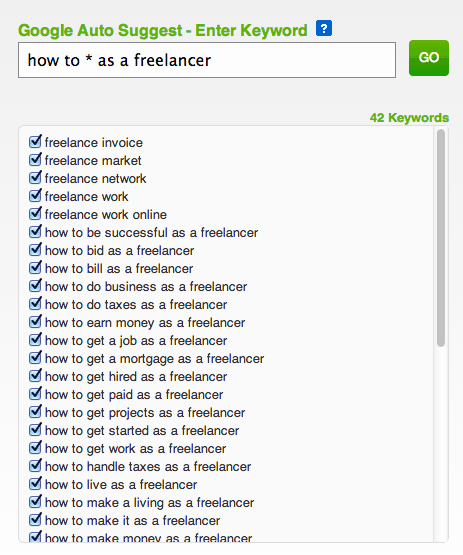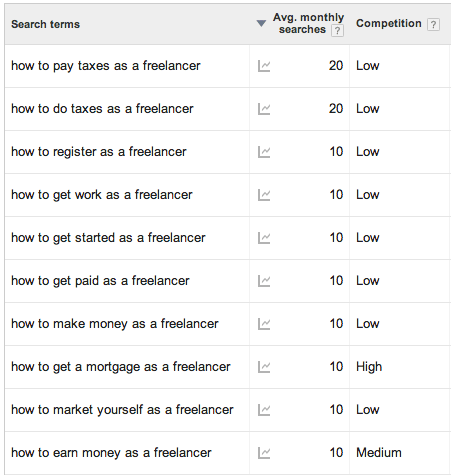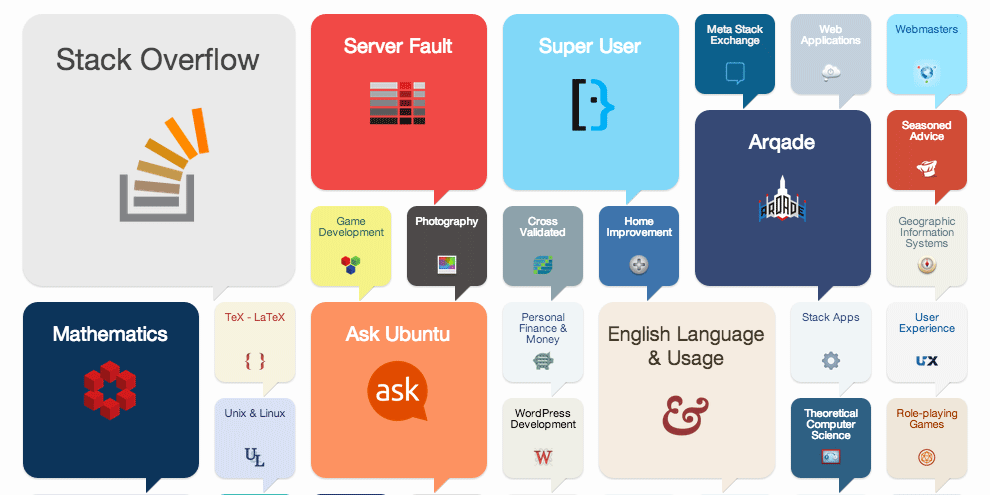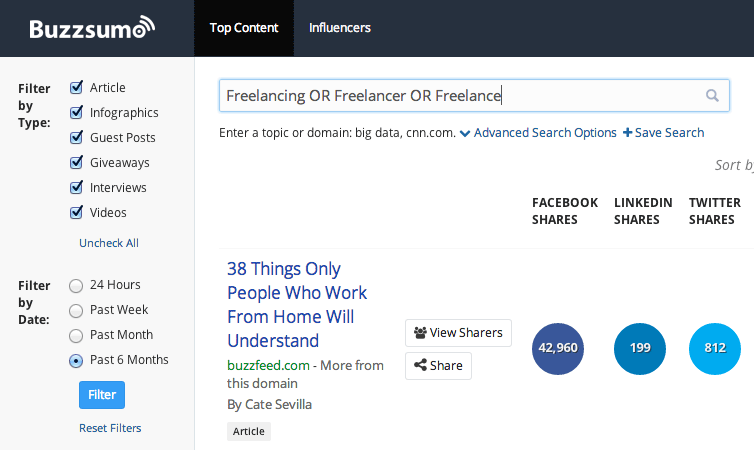
Last week I wrote about the importance of knowing your audience, and tools for getting to know more about your target demographic. This week I’ll be diving into ways to get to know their biggest pain points. We’ll go through the tools available to seek out some potentially unsolved pains that they have, as well as pitfalls to avoid, like why asking them to identify their pain points is a dangerous idea.
You Have to Be Sneaky: The Gym Example
If you flat out ask someone what their biggest pain point is, their response is going to be influenced by a bias to tell you what you want to hear. For example, if you ask me what my biggest pain point with working out is, I’d probably tell you it is “finding the time”. That sounds like a plausible pain, but the truth is, I don’t work out because I don’t want to make the time for it. I’m not motivated. There are other things I’d rather be doing.
As a society we value people being “busy” and not having the time, but we don’t value lack of motivation, so the temptation would be to blame it on my busy schedule filled with other awesome stuff.
If you had listened to my initial answer, you might go ahead and open a chain of small gyms that exist on the way to-and-from work for large groups of people. You may even decide to build and market home gym equipment so people can work out at home.
I’ll tell you this, you could put a gym on every corner and fill every basement with a treadmill and free-weights, and America would still have an obesity epidemic. Do you know why?
Being a busy society is not a real pain point, we just tell you that it is.
Our society values “being busy,” so certainly most people would not judge me for being too busy to work out. In contrast, lacking the motivation to exercise is a negative trait in society’s eyes, so I will probably be judged for that answer. As a result, I tell you the answer that makes me feel okay about it, and we move on–me feeling okay, and you armed with the wrong pain point.
So while flat-out asking people what their biggest pain points are is sometimes a decent way to gather this data, the better data can be gathered by strategically hunting it down.
Once we discover a real pain point, we can offer a real solution.
So How Do We Gather Unbiased Pain Points?
Fortunately, people love to complain about their pain points, and the Internet records it all for our discovery. The key here is to discover where your audience hangs out online, and where they are most likely to talk about the stuff that bothers them.
A lot of times whenever I have a question, I type that into Google. The search engine of course saves and analyzes these questions that people search for, and is one of the best sources for discovering pain points that people are curious about solving. Now, we can’t just send a polite email to Eric Schmidt asking for a report on our audience’s pain points, but thanks to Google’s autosuggest, we can thankfully do our homework.
What autosuggest does is try to guess the rest of your search query when you start typing:

What’s sweet about this feature, is that you can use wildcards (*) within your search query, so if my target audience is “Freelancers,” I can search: “how to * as a freelancer” to see what questions people are turning to Google for in search of answers:

You may be saying to yourself, 4 autocomplete suggestions are not very helpful, Ryan. You’d be right. What if a tool was out there that scraped a nice, long list of these suggestions and presented it for you in a tidy package? Well, that tool is available here: Keyword Tool Dominator.
By entering my query into Keyword Tool Dominator, I am presented with 42 keyword ideas, delivered straight from Google:

Using a one-click export button in Keyword Tool Dominator, I can now save these keywords as a CSV file, which is about to come in handy here in a minute.
The next step is to discover which of these questions is asked most frequently. For this, we rely on the Google Adwords Keyword Planner. I can take that CSV file, open it in a text editor, and paste the entries into the Keyword Planner and Google will output the average monthly searches:

Now, it may seem that 20 monthly searches are pretty paltry, but you can bet that for those 20 that are searching, there are many more with that need. People may also be searching using a different keyword combination. At this point, I can see that some of the most popular pain points for Freelancers revolve around the following:
- Paying taxes as a freelancer
- Getting work as a freelancer
- Getting started as a freelancer
- Getting paid as a freelancer
- Getting a mortgage as a freelancer
- Marketing yourself as a freelancer
As a former freelancer myself, I know for a fact that getting a mortgage as a freelancer can be tough because you are a risky investment for a mortgage company. Could there be an opportunity to meet a need here? Most likely, but simply gathering this list has been a valuable exercise to get us started on our hunt for solving a pain point.
Quora
Quora is a question and answer site based on social voting to allow the best questions and answers to rise to the top. You can search Quora to find popular questions within certain disciplines.

With Quora, I’d recommend not taking the questions themselves too seriously, but instead, focusing on the discussions happening in the answers to the question. If it is a provocative and valid need, there will be people there discussing it.
For example, a brief search in Quora for Freelancing brought me to the following frustration:
Where can I find much better freelancers than eLance, oDesk?
Here we have a question from someone who is looking to hire a freelancer, but it unearths a pain point: How do high-quality freelancers get themselves out there to alleviate this frustration felt by those who hire freelancers? There are a few tools out there attempting to alleviate this, but the pain point still exists.
Stack Overflow
Stack Exchange is similar to Quora, but the communities are divided into specific exchanges. While many of the most popular exchanges are tech-heavy, there are still many others that aren’t (i.e. Home Improvement, Biology, Japanese Language).

One of the questions asked in freelancing.stackexchange.com revolves around tracking hours you are working for clients. In the discussion, I see that there is a growing movement away from hourly billing for certain types of freelancers and a move toward a project rate, or simply a day rate. If I’m building a time-tracking app for freelancers (I am), then this information could sway me to alter my feature set to better meet this need than is currently being done by existing time-tracking apps.
Again, a pain-point farm just waiting to be harvested.
Reddit is a discussion and discovery platform where comments and links are voted upon, and topics are divided into “subreddits”. Anyone can create a subreddit on the fly, so there is probably already one for your target audience.
With Reddit, some posts are links, some are stories, and some are questions. As with the other sites mentioned, just start digging around and you will start to see some common pain points rising or gaining popularity.
To increase your chance of finding a valuable pain point, at the top of your subreddit, you can view the “top” items from the “this year,” which tends to remove the items that might just be of passing interest or centered on a current event.

Other Online Sources
While the above communities will probably give you more than enough high-quality pain points to explore, there is also value in seeking out other places where your target audience is hanging out and writing about their pain points. Every niche has a handful of forums and discussion lists that you can join and peruse to discover pain points amongst the target audience.
Blog comments are also a great source of discovery, so seek out popular blogs that cater to your target audience and explore the discussions in the comment threads.
To help out with this endeavor, you can use Buzzsumo’s Top Content Tool to find what posts people are sharing on their social networks. Again, like Reddit, you’ll find more value in filtering for a longer period (6 months) to find the more “evergreen” discussion topics amongst the community.

Explore Their Pain
Equipped with a nice list of potential pain points from the discovery tools above, now it is time to explore their pain points from various angles. You should ask yourself:
- What is the root of this pain?
- If a solution exists why don’t they know about it?
- If a solution doesn’t exist, why not?Explore this fully, or else you might bark up the wrong tree (See gym example above). It is also helpful to gauge how strong of a pain point this is. Is it a mere annoyance or a true need that people will shell out money to have solved for them? Stay tuned for next week’s post, where we explore how to validate whether people will actually pay to have this need solved.
Brain Dump Some Possible Solutions

Photo Credit: Dru Bloomfield
Now that we’ve discovered pain points, sized them up, and explored them from different angles, we need to explore solutions. The best way to do this is to simply dump from your brain every possible solution, no matter how silly, down on paper (or keyboard).
Earlier in this post, I mentioned a pain point for freelancers is getting a mortgage. Exploring some solutions might provide a list like the following:
- A service that gathers the proper data from freelancers and outputs it in a package that is beneficial to the mortgage provider.
- A service that pairs different types of freelancers with mortgage companies that have experience holding freelancer’s hands through the process.
- A learning site that teaches freelancers how to get the best possible rates on their mortgages.
As with any brain-dumping exercise, the point is just to let ideas flow, and sort through them later. Come back next week and we’ll discuss how to validate these options and find out which pain point solutions people will be more than happy to pay for!